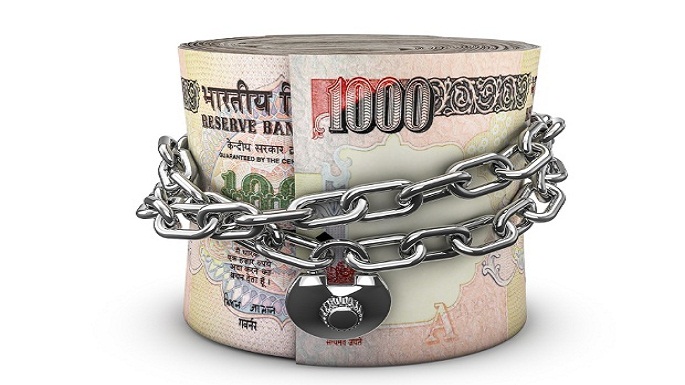Demonetization. The name is enough to trigger a fresh bout of anxiety in the heart of many an Indians today. Despite being over a month since the move was announced by our Prime Minister, Mr Narendra Modi, the dust is yet to settle, so to speak.
Though the term ‘demonetization’ might be new for many of us, neither has the word been newly introduced into the dictionary nor is the current instance the first of its kind. Demonetization – or stripping certain denominations of the current currency in circulation in a particular area or country – has been seen at other times in history as well. While Britain decimalised pounds in 1971, the introduction of cash Euro in the year 2002 was also a major event. Other countries that have demonetized currency include – the Soviet Union in 1991, North Korea in 2010, Zaire in 1993, Myanmar in 1987, Ghana in 1982 and Nigeria in 1984.
Demonetization is also not new to India, with the country being subjected to the procedure in 1946 as well as 1978. Nevertheless, while the process might be the same, there was much divergence from history where it came to implementation. The rationale given behind the current demonetization in India was, primarily, that of curbing the circulation of black money. As higher denomination notes are easier to store and carry, laundering of money is usually done with the means of higher denomination notes. Generally hailed as a bold move by the Prime Minister, demonetization comes with its own share of positives and negatives.
The primary positive that came out of the announcement was that much of the money in circulation came to be deposited with the banks. Such deposits with the bank eventually bring down the rates of interest charged by the banks. Another positive that can be pinpointed is in the form of the popularization of a cashless economy, as electronic transfer of accounts came to be the more preferable option rather than standing in long queues at the bank or ATM. Even the poor and the marginalized sections of the population came to be aware of the importance of their Jan Dhan Accounts. All forthcoming elections in the country also stand to be impacted by demonetization.
Just as with all things in life, there are two sides to this coin as well. In addition to some of the positives discussed above, there are certain potential pitfalls or negatives as well. The most obvious aftermath of the declaration of demonetization can be put down to general confusion and downright mayhem. The panic caused in the population could be attested to by unmanageable crowds at the banks and ATMs. Shortfall of liquid cash in the market has adversely affected many small businesses as well. Another negative impact of demonetization can be seen in the extra burden on the exchequer incurred due to printing of new currency.
Demonetization, though a well-intended move for dealing with the menace of black money and terrorism, left much to be desired where it came to the actual implementation of the process. As with any scheme of the Government, only time will tell if it was right on target or missed the mark altogether. Till then, bear with me, Mitron.
Writer : Shamila Rafat Abbas(Blogger)

